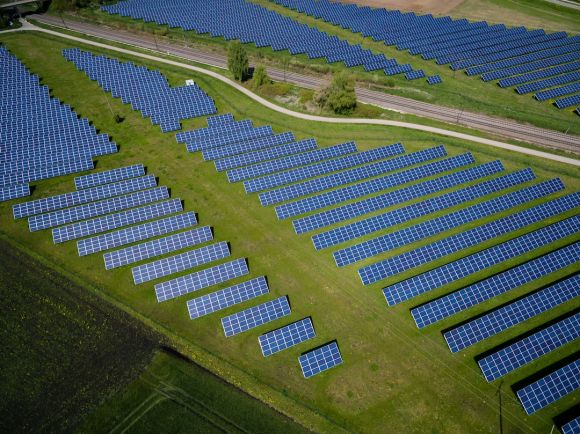In today’s world, where the negative impacts of fossil fuels on our environment are becoming increasingly evident, the need for renewable energy sources is more pressing than ever. Renewable energy sources offer a sustainable alternative to fossil fuels, as they are derived from natural processes and can be replenished over time. In this article, we will explore some of the most popular and promising renewable energy options available today.
Solar Power: Harnessing the Sun’s Energy
Solar power is perhaps the most well-known and widely used form of renewable energy. It involves harnessing the sun’s energy through the use of solar panels, which convert sunlight into electricity. Solar power is clean, abundant, and accessible in most parts of the world. It can be used to power homes, businesses, and even entire cities. With advancements in technology, solar panels have become more efficient and affordable, making solar power an increasingly viable option for many.
Wind Power: Tapping into the Power of the Wind
Wind power is another popular form of renewable energy. It involves using wind turbines to convert the kinetic energy of the wind into electricity. Wind power is clean and abundant, and it has the potential to generate large amounts of electricity. Wind farms, consisting of multiple wind turbines, are often built in areas with strong and consistent winds, such as coastal regions and open plains. While wind power has its limitations, such as the need for a constant and strong wind source, it is still a valuable and widely used renewable energy option.
Hydroelectric Power: Harnessing the Power of Water
Hydroelectric power is generated by harnessing the energy of flowing or falling water. It involves building dams or other structures to capture water and use it to turn turbines, which in turn generate electricity. Hydroelectric power is a reliable and efficient source of renewable energy, as water is constantly replenished through the water cycle. It is also a versatile option, as it can be used to power small-scale systems or large-scale power plants. However, the construction of dams can have significant environmental impacts, such as the displacement of wildlife and alteration of ecosystems.
Geothermal Energy: Tapping into the Earth’s Heat
Geothermal energy is derived from the heat stored within the Earth. It involves tapping into natural reservoirs of hot water and steam, which can be used to generate electricity or provide heating and cooling for buildings. Geothermal energy is a reliable and constant source of renewable energy, as the Earth’s heat is continuously replenished. It is also a clean and sustainable option, as it produces minimal greenhouse gas emissions. However, geothermal energy is not as widely accessible as other renewable energy sources, as it requires specific geological conditions for its exploitation.
Bioenergy: Harnessing the Power of Biomass
Bioenergy is derived from organic matter, such as plants and animal waste. It involves converting biomass into heat, electricity, or biofuels. Bioenergy is a versatile and abundant source of renewable energy, as biomass can be found in various forms and in many different regions. It can be used to generate electricity, heat buildings, or power vehicles. However, the production of bioenergy should be carefully managed to avoid negative environmental impacts, such as deforestation and increased competition for land and water resources.
In conclusion, renewable energy sources offer a sustainable and environmentally friendly alternative to fossil fuels. Solar power, wind power, hydroelectric power, geothermal energy, and bioenergy are just a few of the options available today. Each option has its own unique advantages and limitations, and the choice of renewable energy source will depend on factors such as location, available resources, and energy needs. By understanding the options and embracing renewable energy, we can move towards a cleaner and more sustainable future.
